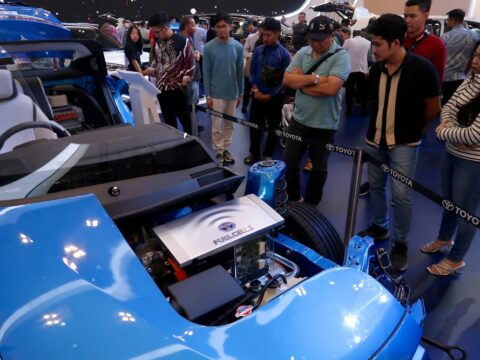Owning a high-performance car is a thrill, but maintaining it can present a unique set of challenges. These vehicles are designed for precision, speed, and power, but that also means they require more care than your average daily driver. From specialized parts to the intricacies of fluid and tire maintenance, even the smallest details can have a big impact on performance. Keeping these cars in top shape isn’t just about regular driving; it’s about mitigating the effects of infrequent use and ensuring every component is primed and ready when the car hits the road.
For enthusiasts, the joy of owning a high-performance vehicle is often paired with the responsibility of regular upkeep. It’s not just about avoiding breakdowns, but about preserving the car’s capability to perform at its best. Challenges like fluctuating fuel quality, battery drain, and climate-related wear are all part of the equation. By staying on top of these everyday tasks, owners can extend the life of their cars and enjoy a smooth, powerful driving experience every time they get behind the wheel.
Contents
Fuel Quality

High-performance cars often demand premium fuel to operate at their best. Low-quality or improper fuel can cause poor combustion, engine knocking, and long-term damage. For cars that are driven infrequently, fuel can degrade over time, leading to gum and varnish buildup in the fuel system. Using top-tier, high-octane fuel and fuel stabilizers ensures smooth operation when the car is in use, while also protecting the engine components from unnecessary wear and tear.
Fluid Checks
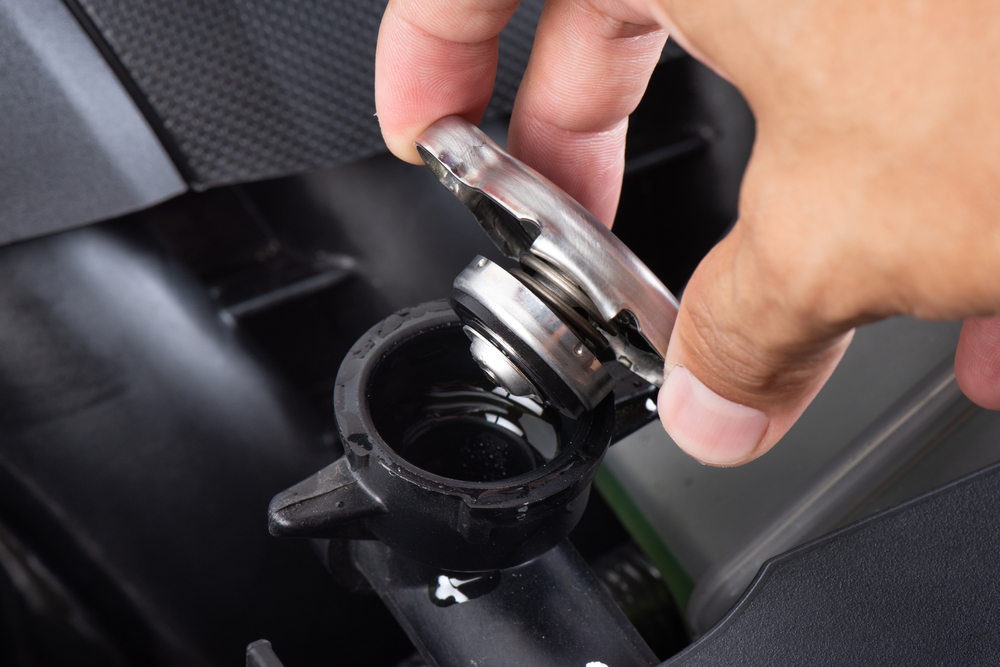
Regular fluid checks are critical for high-performance cars, which rely on a precise balance of fluids to function optimally. Engine oil, coolant, transmission fluid, and brake fluid all degrade over time, even if the car isn’t being driven often. Keeping an eye on fluid levels and replacing them as needed helps maintain lubrication, prevents overheating, and ensures that internal components stay corrosion-free. This proactive approach helps mitigate the damage caused by infrequent driving.
Tire Care
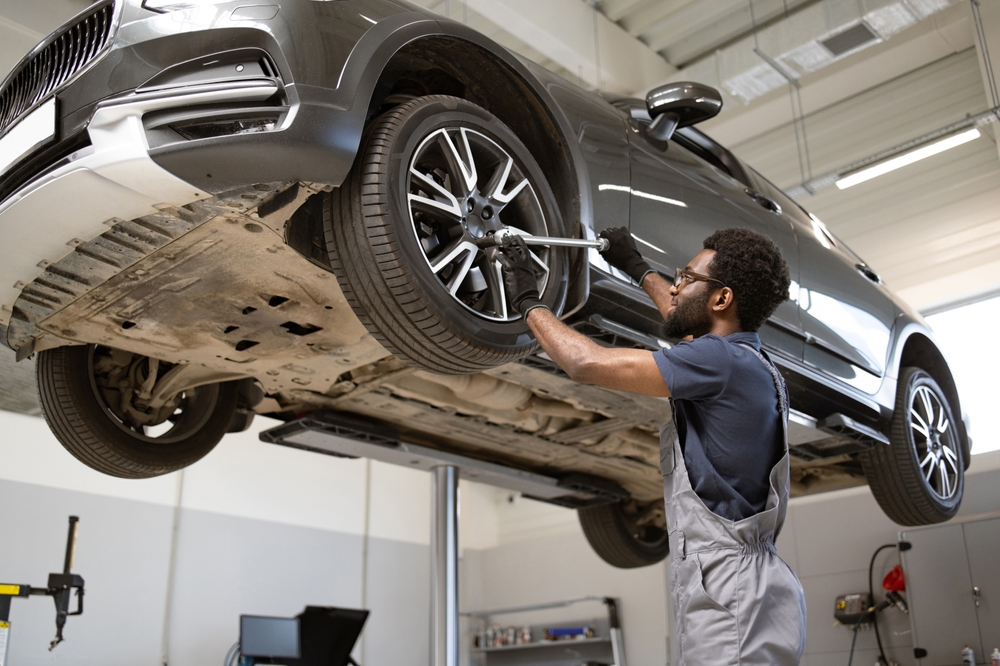
Tires on high-performance cars require special attention due to their sensitivity to pressure changes, tread wear, and alignment. Leaving a car stationary for extended periods can cause flat spots, especially on softer performance tires. Regular tire pressure checks and rotating or moving the car can prevent uneven wear and flat spots. Proper tire care also enhances handling and performance when the car is in use, ensuring the vehicle maintains traction and safety at high speeds.
Battery Health
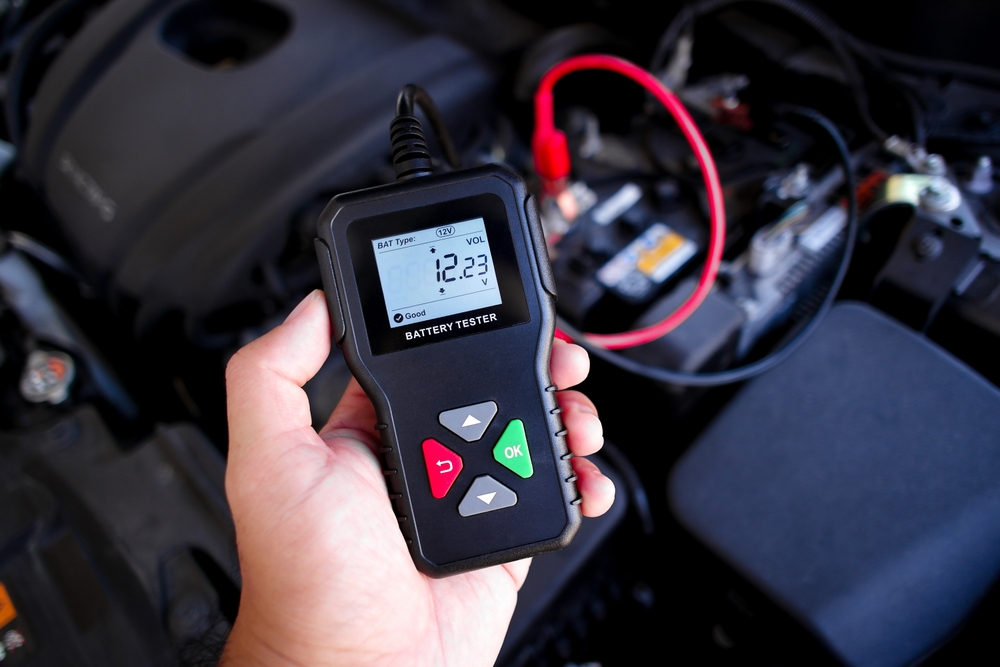
High-performance cars often have more complex electrical systems, which means battery maintenance is crucial. When these cars sit idle, the battery can slowly lose its charge, especially if parasitic drains from electronics are left on. Using a battery tender or trickle charger ensures the battery remains charged and ready to go. Regular checks also help prevent issues like sulfation, which can reduce battery life and leave you stranded when you least expect it.
Storage and Climate

The environment in which a high-performance car is stored plays a huge role in its overall health. Exposure to extreme temperatures, humidity, and sunlight can damage interior and exterior components. Rust, paint fading, and deterioration of rubber parts are common issues in poor storage conditions. Keeping the car in a climate-controlled garage or using protective covers helps preserve the car’s aesthetics and prevents mechanical issues caused by environmental factors.
Specialized Parts
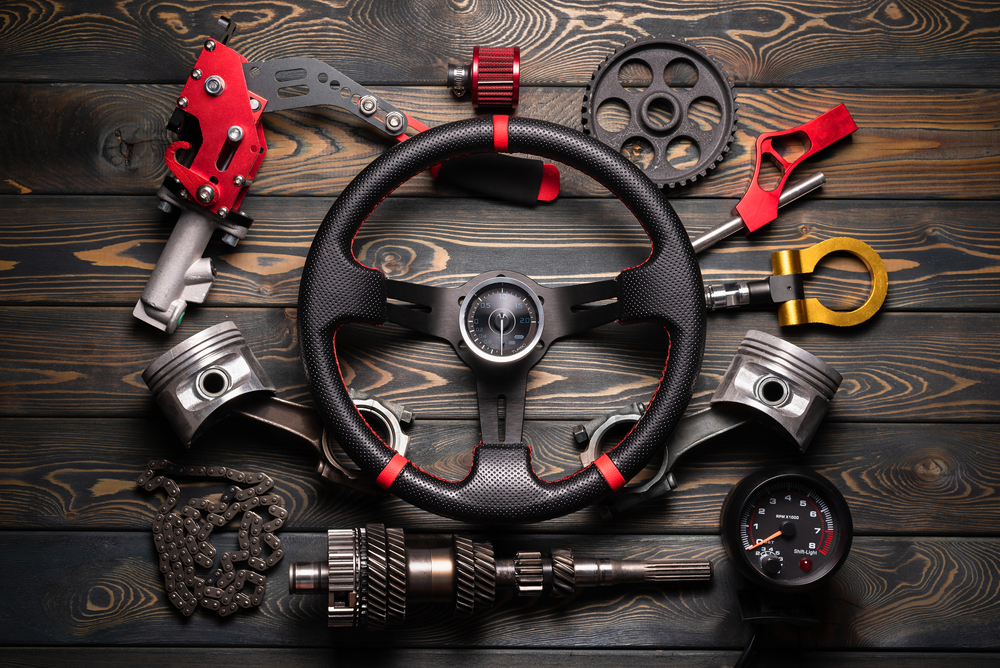
High-performance cars often use specialized or custom parts, which can be more delicate and expensive to replace than standard car components. Finding replacement parts for older models or limited-production vehicles can be challenging and time-consuming. Regular inspections help catch wear on these parts early, ensuring they’re replaced before failure occurs. Proactive part maintenance also prevents performance dips that come from worn-out components and keeps the car operating at peak levels.
Maintenance Frequency
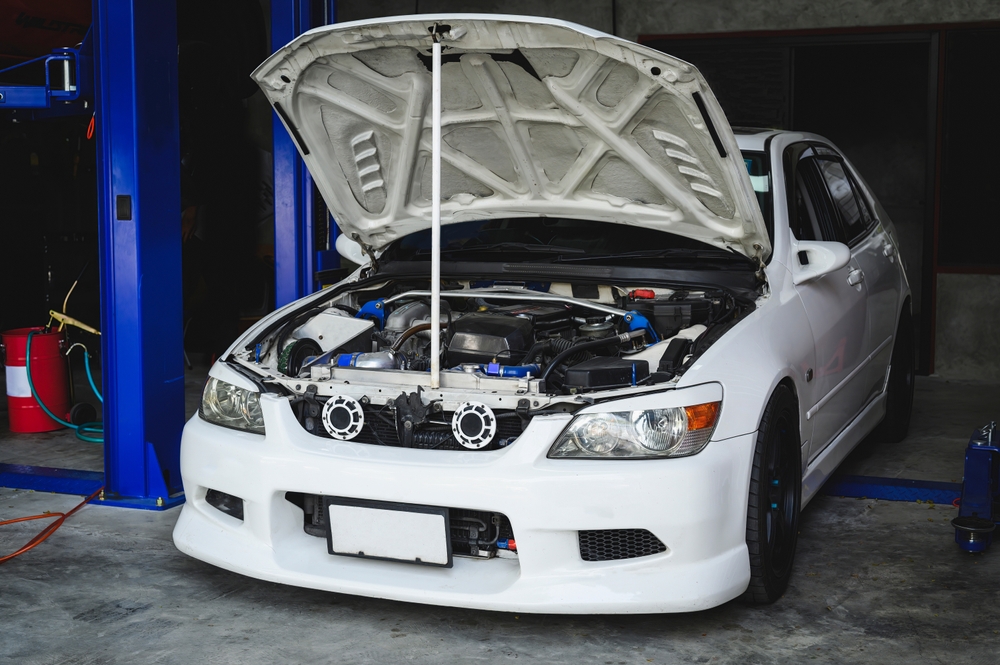
Maintaining a strict service schedule is key to keeping high-performance cars in top condition. Even if the car isn’t driven regularly, parts and fluids age over time. Skipping routine maintenance, such as oil changes, brake inspections, and tire rotations, can lead to preventable breakdowns and reduce the car’s longevity. By following a consistent maintenance schedule, even for infrequently driven cars, owners can mitigate the effects of inactivity and keep the vehicle running reliably when needed.
Brake Care
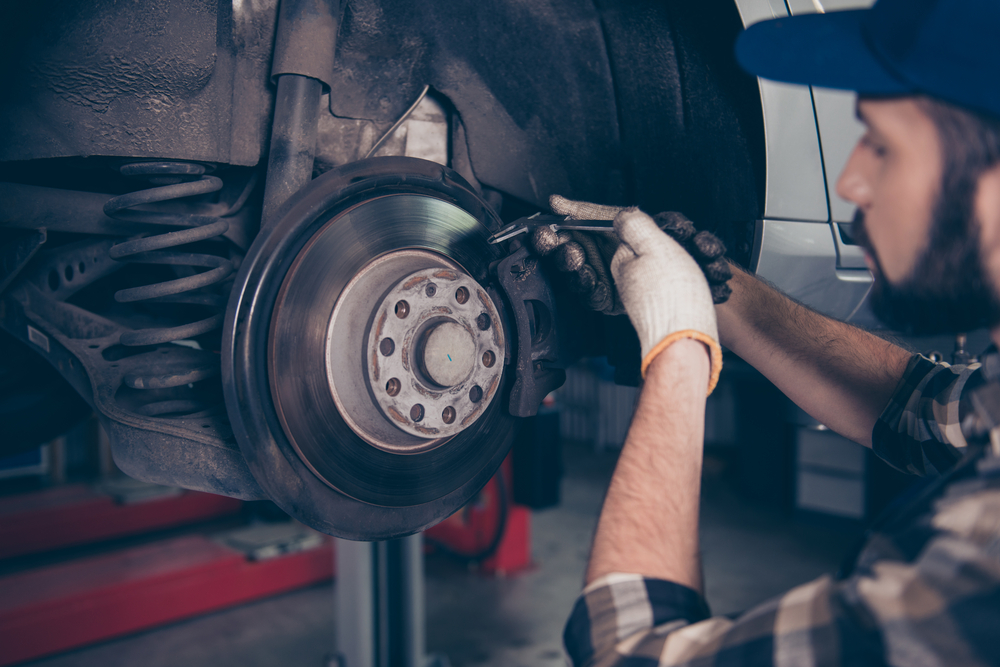
High-performance brakes are designed for extreme conditions but can suffer from corrosion and wear, especially when the car is left idle. Checking brake pads, rotors, and fluid ensures that the car’s stopping power remains intact. Regular cleaning of the brake components prevents rust from forming, and changing the brake fluid as part of routine maintenance avoids the buildup of moisture, which can lead to brake fade or system failure when the car is used after sitting idle.
Suspension Maintenance
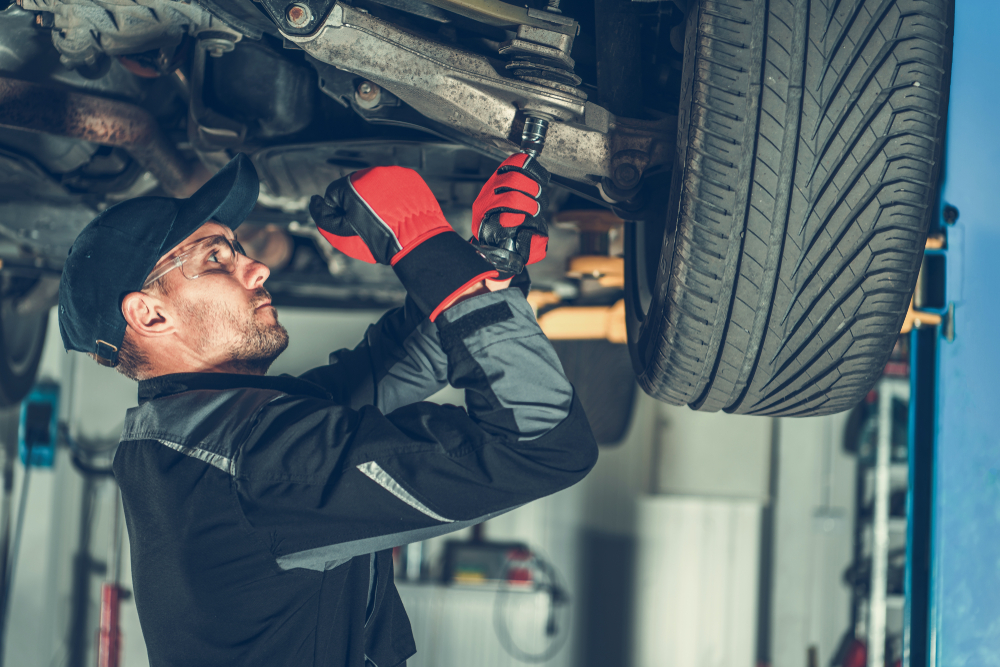
A high-performance car’s suspension is tuned for precision, which means even small issues can lead to major handling problems. Infrequent use can cause suspension components like shocks and struts to settle, leading to uneven ride height or stiffness. Regular inspection of the suspension system helps prevent these issues and ensures that the car handles smoothly and safely when driven. This is particularly important if the vehicle is stored for long periods.
Exhaust System Care
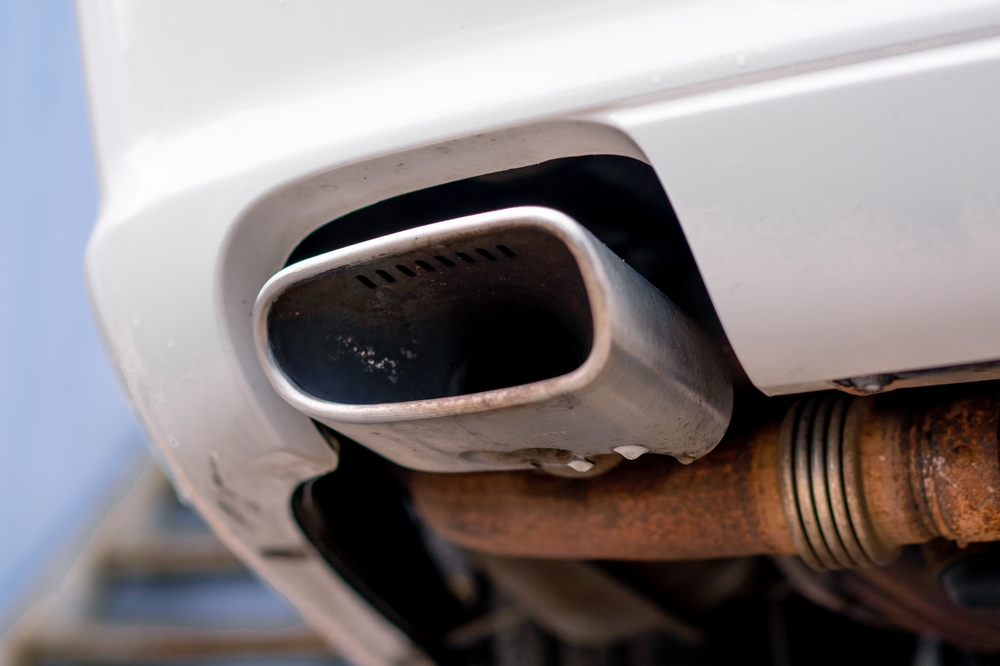
The exhaust system in a high-performance car is finely tuned to maximize power and efficiency. Infrequent driving can cause condensation to build up inside the exhaust, leading to rust and deterioration. Regularly starting the car and allowing it to run for a few minutes can help keep the exhaust system free of moisture. Additionally, periodic inspections help catch any potential damage early, ensuring that the system continues to function efficiently and doesn’t hamper the vehicle’s performance.
This article originally appeared on MyCarMakesNoise.
More from MyCarMakesNoise
8 Fastest Personal Watercrafts You Can Ride

When it comes to thrills on the water, few things match the excitement of riding a high-speed personal watercraft. These machines are designed for adrenaline seekers who crave the rush of cutting through waves at top speeds. Read More.
11 Fastest Luxury SUVs Available for Purchase

Luxury SUVs have evolved beyond being simply spacious and comfortable family vehicles. Today, they combine elegance with high-octane performance, delivering the best of both worlds. Read More.
13 Aerodynamic Coupes with Outstanding Speed and Handling

For drivers who crave both speed and precision, aerodynamic coupes are the perfect combination of style and performance. These vehicles are designed with sleek, sculpted bodies that minimize drag, allowing them to glide through the air effortlessly. Read More.



